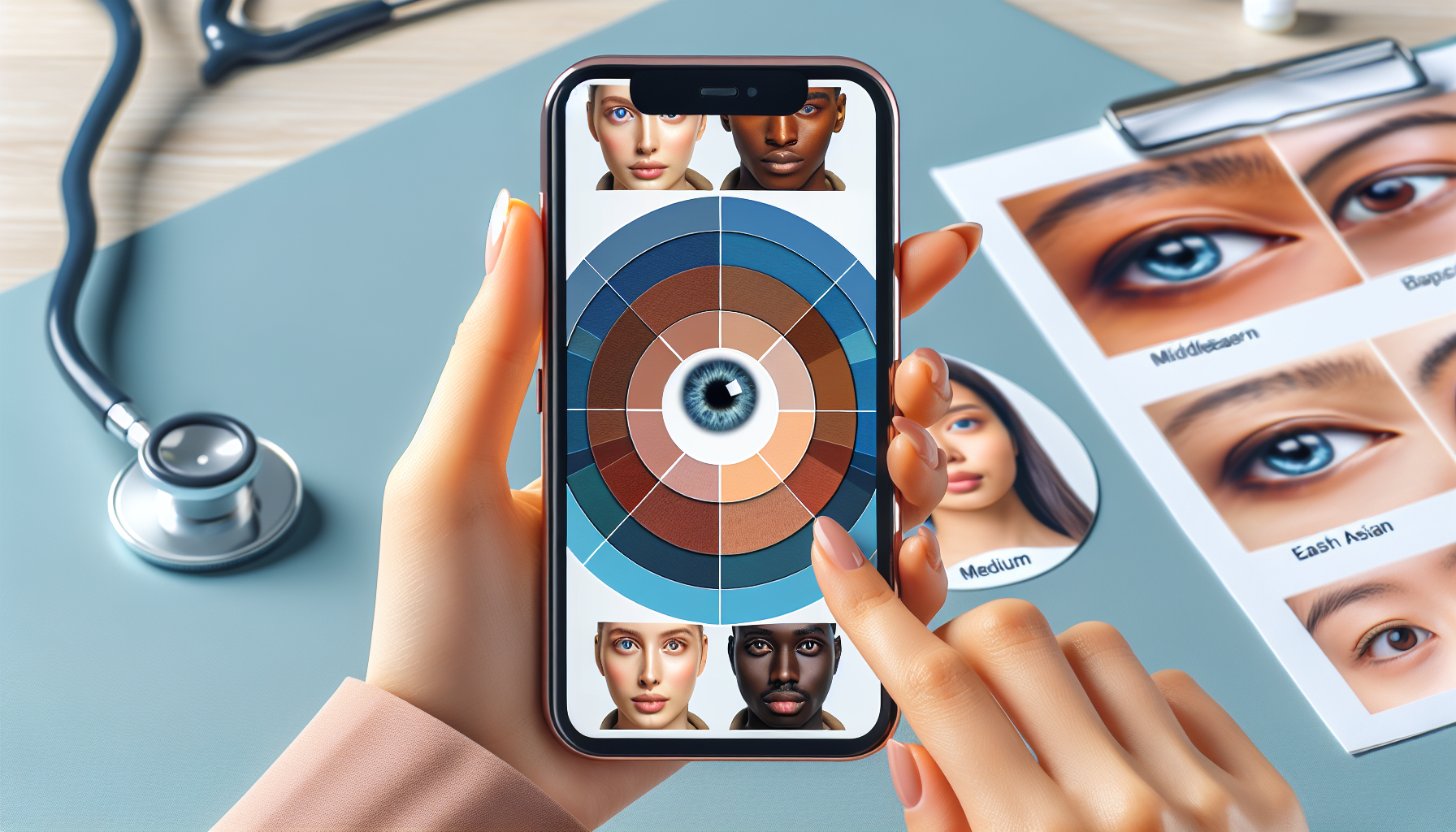
Scientists from the University of California San Diego have developed a smartphone add-on that can track variations in pupil size, an important sign of neurological conditions like traumatic brain injury and Alzheimer’s disease. This device is especially beneficial for individuals with darker skin tones, who often have dark irises, making it challenging to differentiate between the iris and the pupil.
This innovative smartphone add-on is mounted over the camera and employs a filter to limit the light that reaches the camera to far-red light. This lightens the iris in images, allowing the technology to distinguish between the iris and pupil, thereby providing more precise diagnostics for individuals with dark eyes.
Edward Wang, a lead researcher on the project, highlighted that medical devices that depend on optical measurements typically only function effectively for individuals with light skin and eye colors. Their aim was to develop a solution that is universally effective while being straightforward and economical, in order to encourage equal access to remote, affordable healthcare.
Regular cameras have been found to be unsuitable for determining pupil size in individuals with dark eyes. Although infrared cameras could be used instead, they are generally only found on high-end smartphones, which restricts their availability. The new device operates with any standard smartphone camera using far-red light, which falls within the visible spectrum and can be detected by a regular camera.
Another researcher involved in the project, Colin Barry, stressed that their solution is low-cost and equitable, facilitating neurological screenings irrespective of the smartphone’s cost, brand, or model.
The attachment is installed over the camera and then aligned over the eye. The camera emits a bright light and captures video of the pupil’s movement. In preliminary tests, the device effectively evaluated pupil responses in volunteers with various eye colors.
The research was published in Scientific Reports and is available [here](https://www.nature.com/articles/s41598-023-40796-0). Additional details about this research can be found on the [University of California San Diego’s website](https://today.ucsd.edu/story/smartphone-attachment-could-increase-racial-fairness-in-neurological-screening).